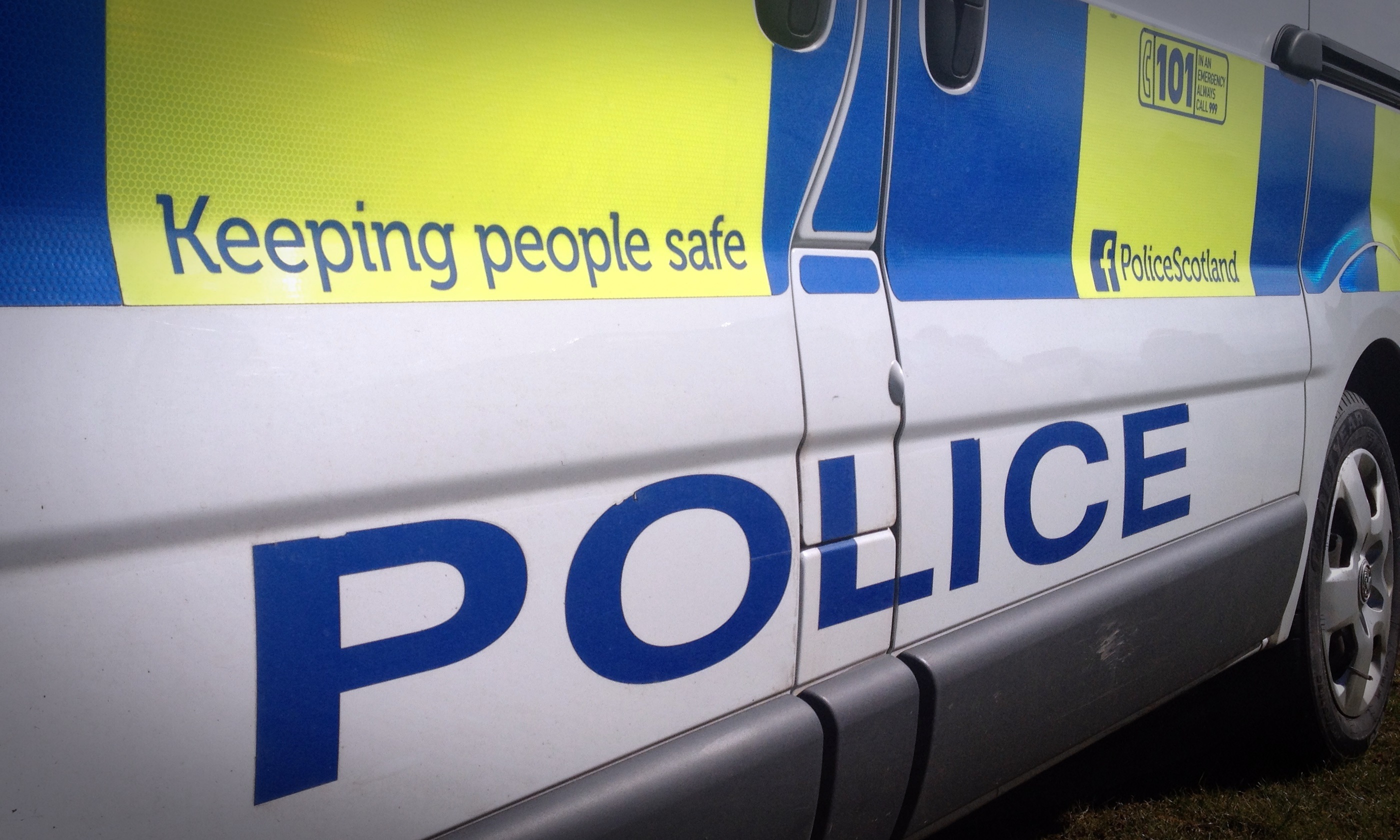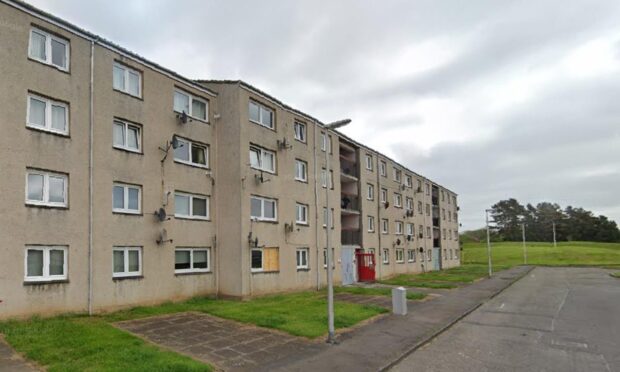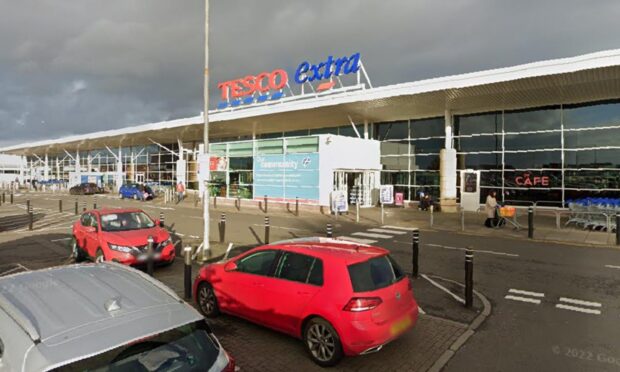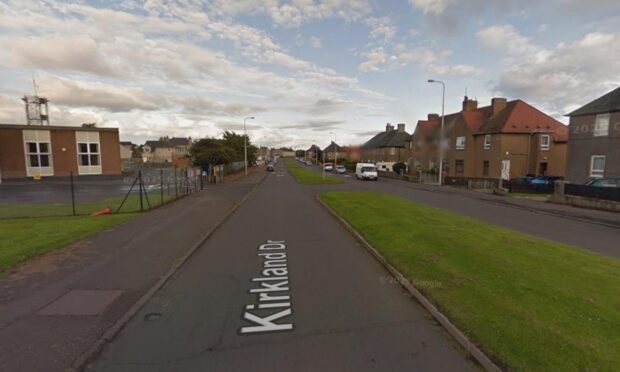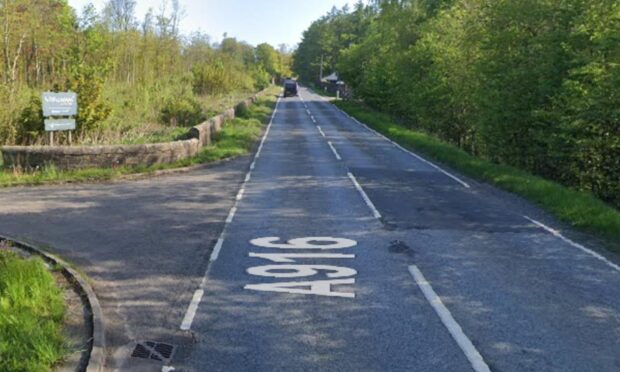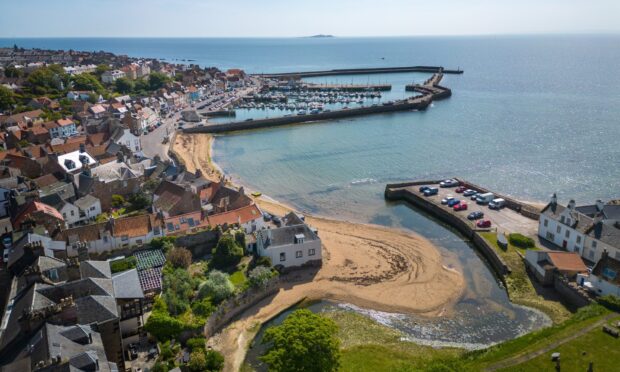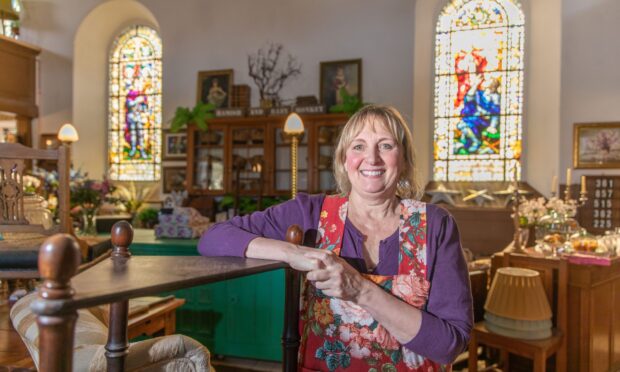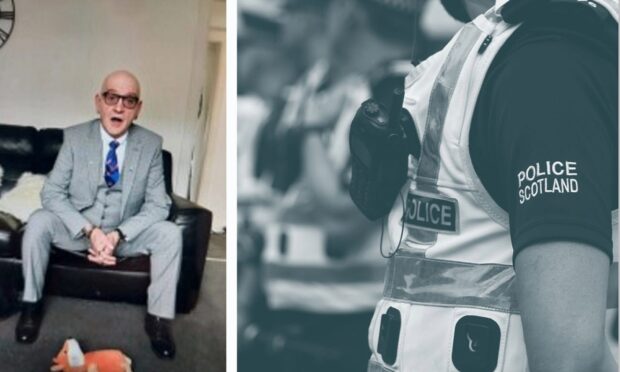Police Scotland has come under scrutiny after a surge in crimes being reported on Facebook was blamed on a loss of confidence in its non-emergency number.
Offences including drug dealing and fire-raising have been posted on Facebook sites and a senior officer has urged members of the public to contact police on 101 to report antisocial behaviour.
But some local residents have claimed they have lost confidence in phoning the 101 non-emergency number because police do not respond when contacted.
It follows an investigation by the Police Investigations and Review Commissioner, who concluded that the murder of Fife grandmother Elizabeth Bowe could have been prevented if police had not ignored her 999 call.
Ms Bowe, 50, was savagely murdered by her brother Charles Gordon in St Andrews during September last year, having dialled the emergency number about an hour and a half earlier stating she was a vulnerable person in a “domestic violence situation”.
Mid Scotland and Fife MSP Claire Baker said: “I know that constituents can feel frustrated using 101 as they feel the response can be slow and their concerns aren’t prioritised.
“This lack of confidence is perhaps what is pushing people to post on social media.
“It is important that the police do engage with local communities and using social media can be part of that but it is vital that whatever medium people use to contact the police they can be confident that their concerns are heard and dealt with.”
Fife councillor Margaret Kennedy called for a report
During a meeting of South and West Fife Area Committee, local councillors raised concerns about Facebook being used as a forum to allege crimes not reported to Police Scotland.
Area commander Chief Inspector Irene Ralston responded: “If it’s not reported to us, it’s difficult for us to bring it forward.”
Councillor Sam Steele said: “What people are doing is posting on social media.
“There have been numerous reports of an older male who is selling drugs to children under 16. A child’s jacket was set on fire and it wasn’t reported to the police.
“We’re doing our best to encourage people to report things but clearly they aren’t reporting it.”
A Scottish Government spokesperson said: “Police Scotland’s close working with communities, including local councils, residents and businesses, has contributed to large reductions in recorded crime over the last decade, with more than a third fewer in 2016-17 than in 2007-08.
“Social media provides an additional and often valuable channel to communicate with and engage the public, in order to help people stay safe or to appeal to the public for information to assist police inquiries.
“However, in line with advice from Police Scotland, we would encourage everyone to make use of the national 101 number to report any non-emergency crimes as this is the best way to alert the service to incidents.
“Anyone aware of danger to themselves or others should continue to use 999.”
